You can revolutionize your VR experience with five cutting-edge input solutions: force-based wearable controllers like Digital Thimble that detect finger pressure for precise interactions, optical sensor integration using advanced mouse sensors for high-resolution hand tracking, gesture recognition systems employing RGB and depth cameras for natural movements, haptic feedback devices that add realistic touch sensations through vibration and force mechanisms, and wireless input solutions that eliminate tethers for unrestricted navigation. These technologies work together to create seamless, intuitive virtual interactions that’ll transform how you engage with digital environments.
Force-Based Wearable Controllers for Enhanced Finger Tracking
While traditional VR controllers offer basic hand tracking, force-based wearable controllers like the Digital Thimble revolutionize finger precision by detecting the exact pressure you apply during virtual interactions.
These innovative devices combine optical mouse sensors for movement tracking with Force Sensing Resistors that detect varying pressure levels, enabling precise input in virtual environments.
Force Sensing Resistors paired with optical mouse sensors create unprecedented precision for virtual environment interactions through advanced pressure detection technology.
You’ll find the Digital Thimble’s lightweight, flexible design accommodates different finger sizes while maintaining comfort during extended use.
Two selection methods enhance your control: “on-press” requires extra pressure for selection, while “on-release” lets you maintain pressure while maneuvering before confirming.
User studies consistently show these force-based wearable controllers deliver superior accuracy and precision compared to traditional VR controllers, particularly excelling in tasks like sorting and teleportation within finger tracking applications.
Optical Sensor Integration for Precise Hand Movement Detection
As optical sensors transform VR hand tracking capabilities, you’ll discover how devices like the Digital Thimble leverage advanced optical mouse sensors such as the FCT 3065-XY to deliver high-resolution movement detection.
These sensors provide precise tracking of hand movements by detecting finger position and motion across surfaces, greatly enhancing tracking accuracy in virtual reality environments.
You’ll experience seamless navigation and manipulation of virtual objects through gesture-based controls that respond to natural hand movements.
This integration dramatically improves user experience by enabling precision interactions that outperform traditional handheld controllers in tasks like sorting and teleportation.
However, you should consider environmental factors—ambient lighting and surface texture can influence sensor performance, affecting responsiveness and overall tracking accuracy in your VR applications.
Gesture Recognition Systems Using Camera-Based Tracking Technology
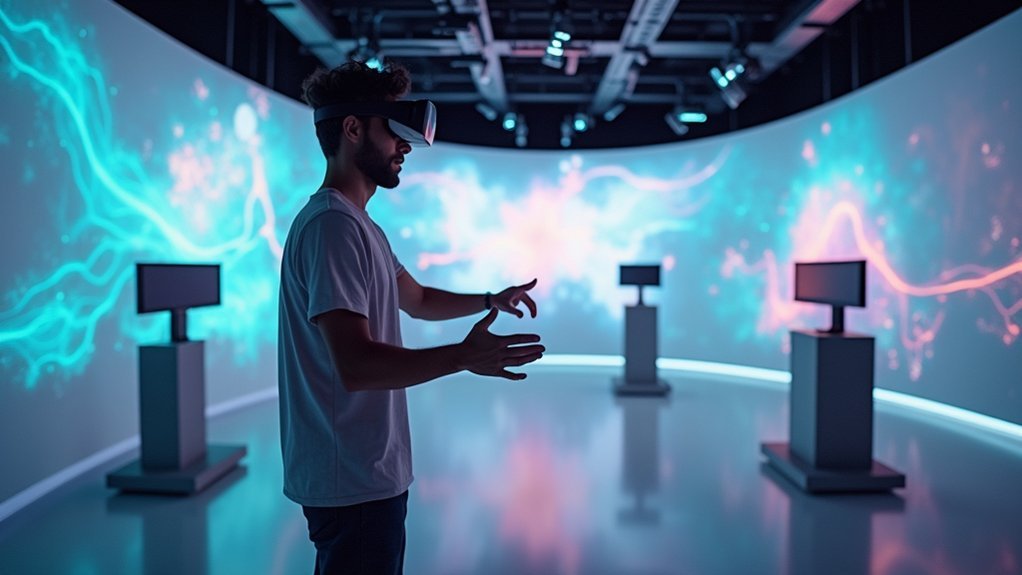
Camera-based tracking systems revolutionize gesture recognition in VR by employing RGB, infrared, or depth cameras that monitor your hand and finger movements in real-time.
These systems create immersive experiences by eliminating traditional input devices, allowing natural interactions like pointing, grabbing, and scrolling through virtual environments.
However, you’ll encounter several challenges with camera-based tracking:
- Occlusion issues when your hands overlap or move outside the camera’s field of view
- Lighting conditions that affect detection quality and overall system performance
- Calibration requirements that impact long-term accuracy and user experience
Despite these obstacles, advanced algorithms achieve accuracy rates exceeding 90% under ideal conditions.
This technology considerably improves accessibility in virtual reality, accommodating diverse user preferences while enhancing user engagement through intuitive, device-free interactions that feel more natural than conventional controllers.
Haptic Feedback Devices for Immersive Object Manipulation
Haptic feedback devices transform how you interact with virtual objects by adding the essential sense of touch that camera-based systems can’t provide.
These innovative tools use vibration motors, electrostatic actuators, and force feedback mechanisms to create realistic sensations during object manipulation. You’ll experience weight, texture, and resistance while grasping virtual items, greatly enhancing your immersion in VR environments.
Research shows haptic feedback improves task performance by up to 30%, making it invaluable for training simulations and virtual reality development.
Advanced haptic gloves like HaptX utilize microfluidic technology for precise force delivery, enabling realistic manipulation with exceptional control.
Beyond entertainment, these devices offer promising therapeutic applications, providing essential sensory feedback during rehabilitation exercises to enhance user immersion and accelerate recovery in immersive VR environments.
Wireless Input Solutions for Unrestricted VR Navigation
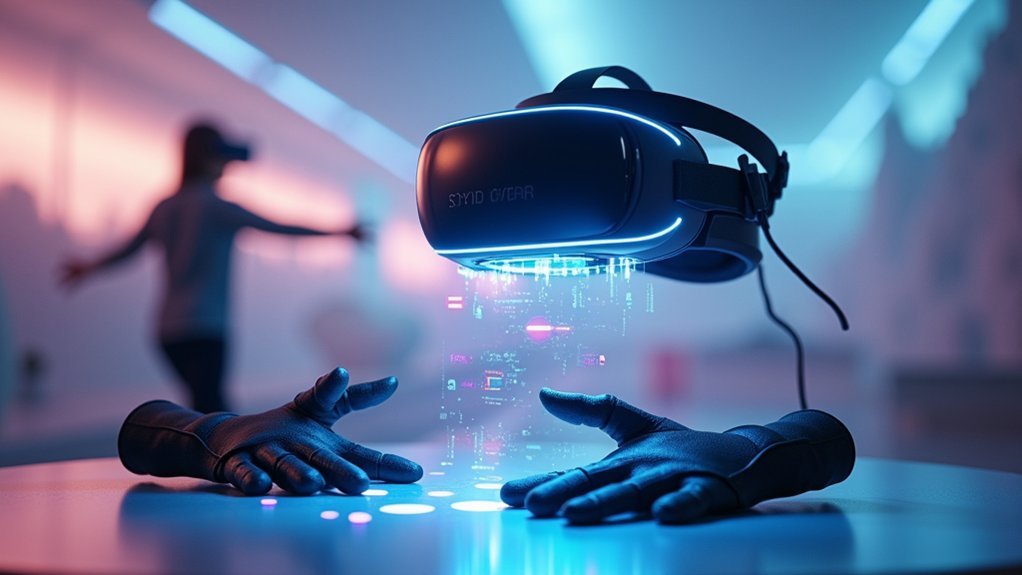
While haptic feedback enhances touch sensations, wireless input solutions liberate you from physical tethers that restrict movement in virtual environments. These systems allow users to interact with virtual worlds naturally, whether you’re using HTC Vive controllers or advanced wireless input devices.
Technologies like Bluetooth and Wi-Fi create seamless connections between your headset and controllers, delivering real-time tracking without latency issues. Machine learning algorithms continuously adapt to your movements, improving accuracy during immersive training scenarios.
Key benefits of wireless virtual reality (VR) input include:
- Extended battery life – Modern devices support longer sessions without interruption
- Enhanced mobility – You can move freely without worrying about cable management
- Improved safety – No wires means reduced tripping hazards during intense gameplay
These innovations make VR experiences more intuitive and engaging than ever before.
Frequently Asked Questions
What Are Virtual Reality Solutions?
You’ll experience immersive simulated environments through VR solutions that make you feel physically present. They use head-mounted displays, motion tracking, and input devices to create realistic interactions for gaming, healthcare, education, and training applications.
How to Create a VR Interface?
You’ll start by defining user goals and understanding your audience’s needs. Use spatial design principles, implement clear visual feedback, leverage Unity or Unreal Engine, and conduct regular user testing for improvements.
What Input Devices Could Be Used With VR Systems in This Environment?
You can use handheld controllers with motion tracking, wearable devices like digital thimbles for free-hand interaction, traditional keyboards and mice for precision tasks, or camera-based systems tracking your hand movements.
What Are the 5 Classic Components of VR System?
You’ll find VR systems include five classic components: head-mounted displays for visual immersion, motion tracking sensors, input devices like controllers, processing computers, and spatial audio systems that enhance your overall virtual experience.
In Summary
You’ve explored five cutting-edge input solutions that’ll transform your VR experience. Whether you’re tracking fingers with force-based controllers, detecting precise hand movements through optical sensors, or maneuvering wirelessly without restrictions, these technologies put you in complete control. Don’t overlook haptic feedback and gesture recognition systems – they’ll make your virtual interactions feel incredibly real. Choose the solutions that match your needs and you’ll reveal VR’s full potential.

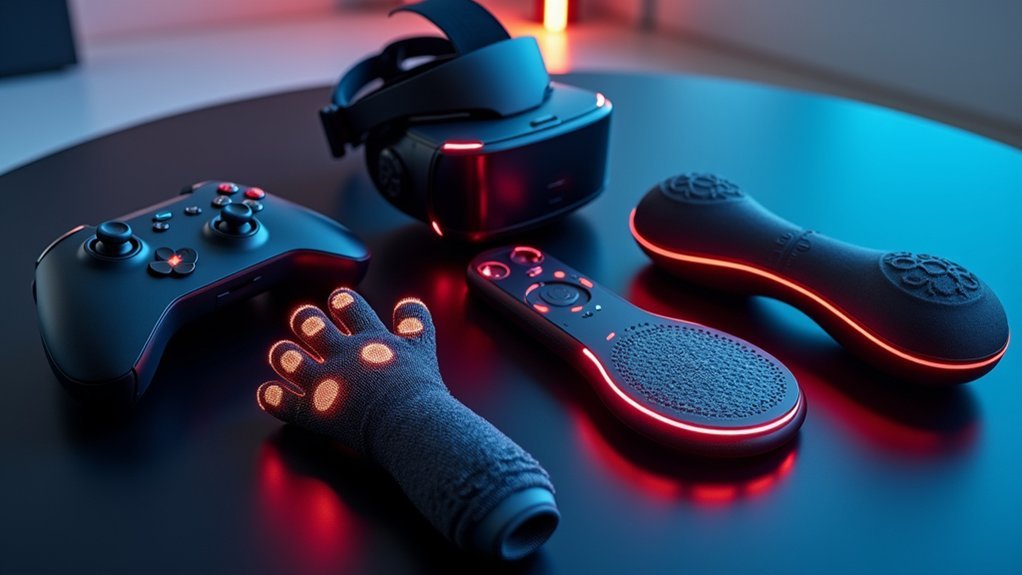
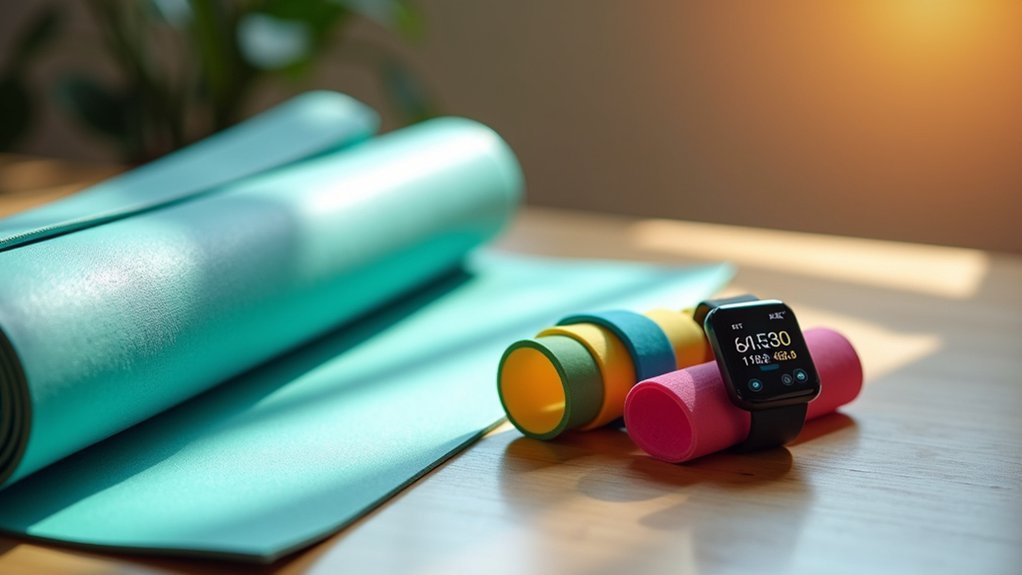
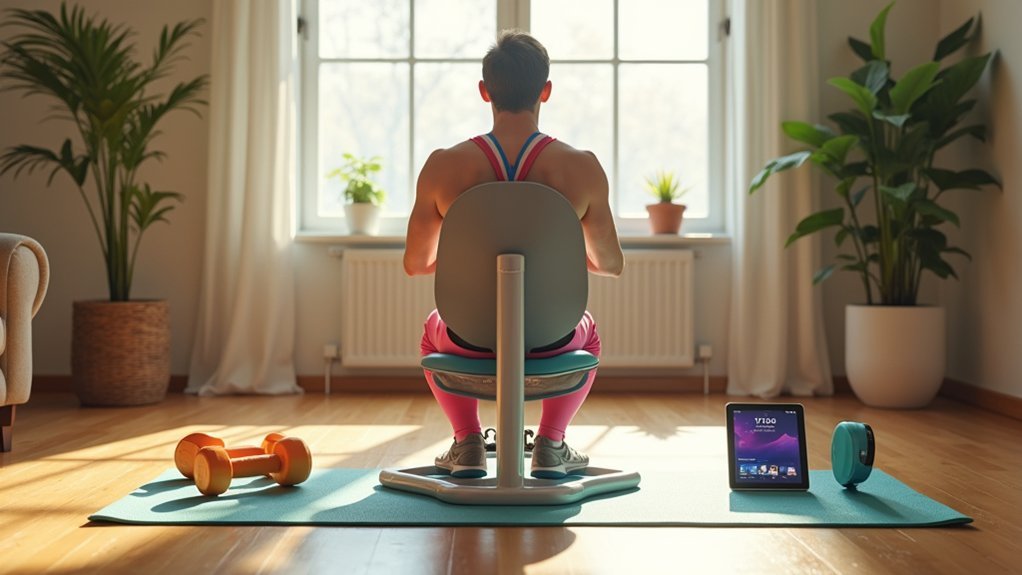

Leave a Reply